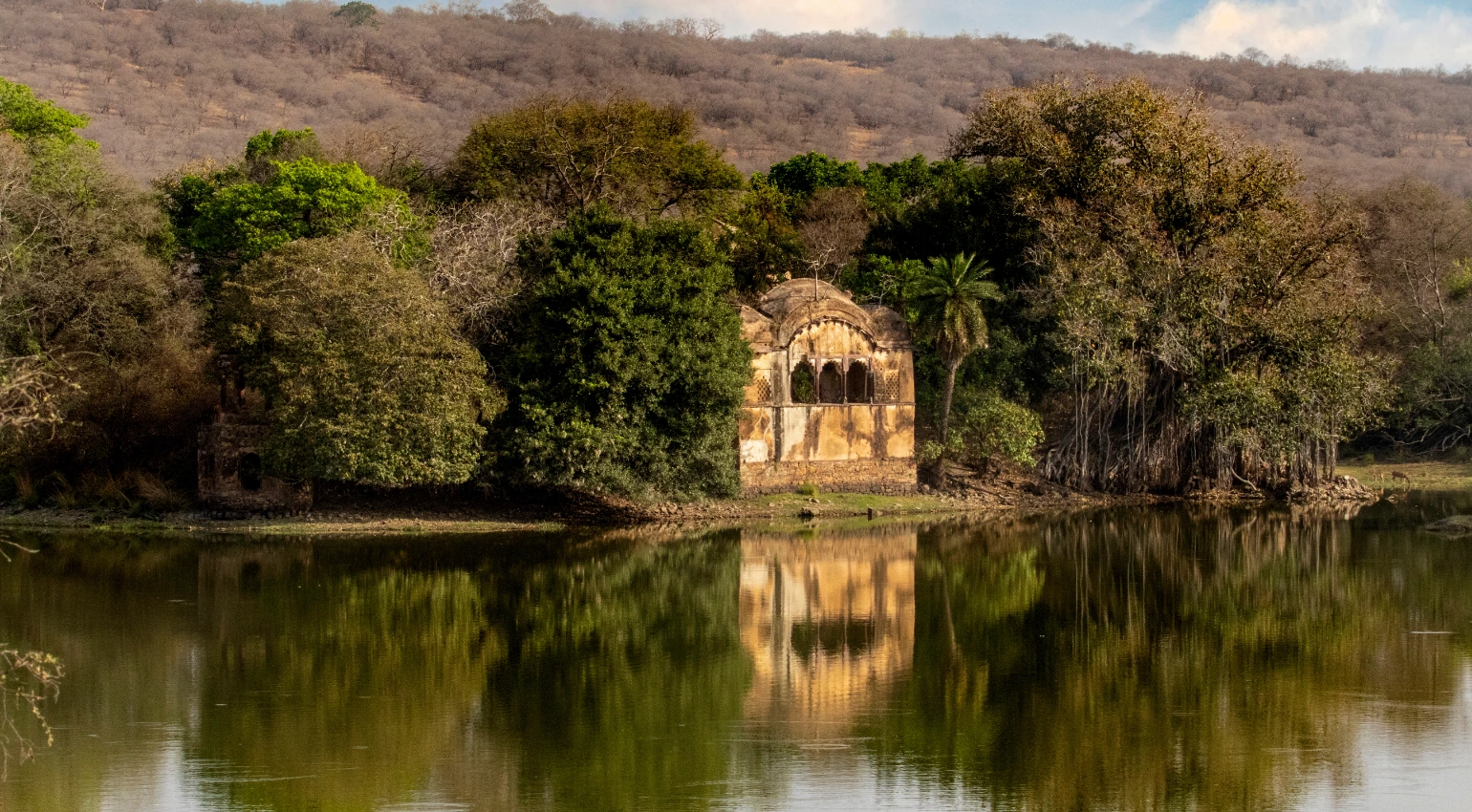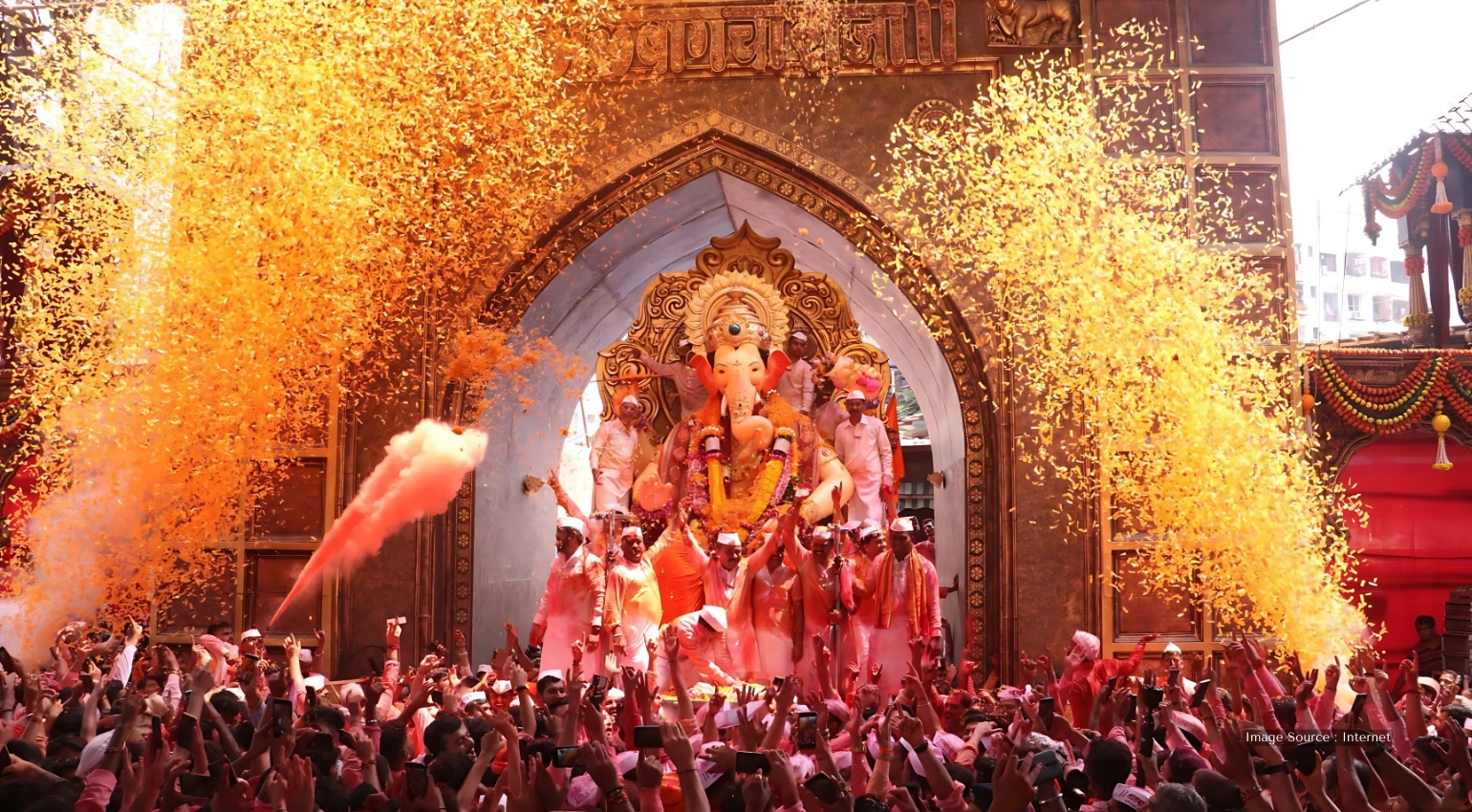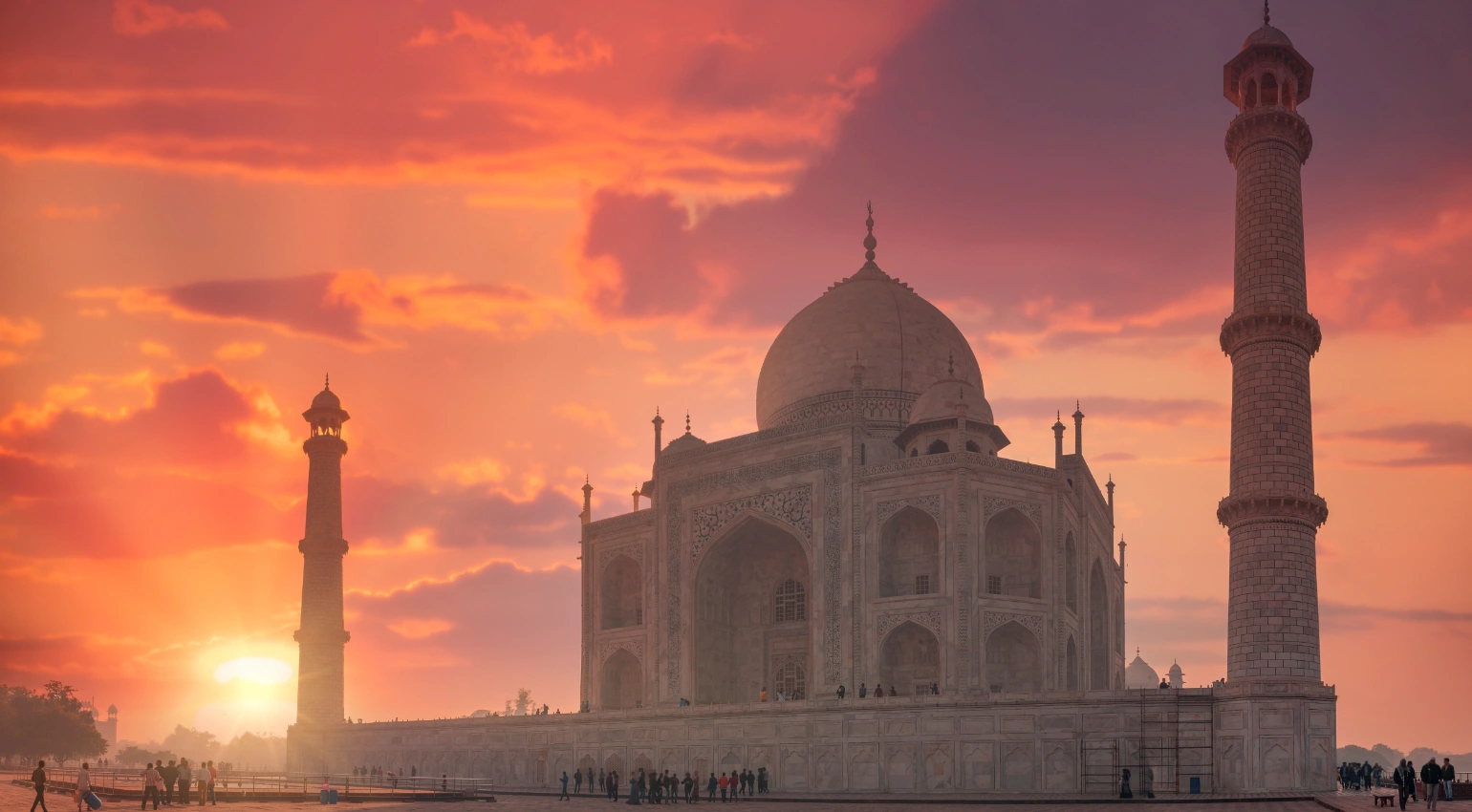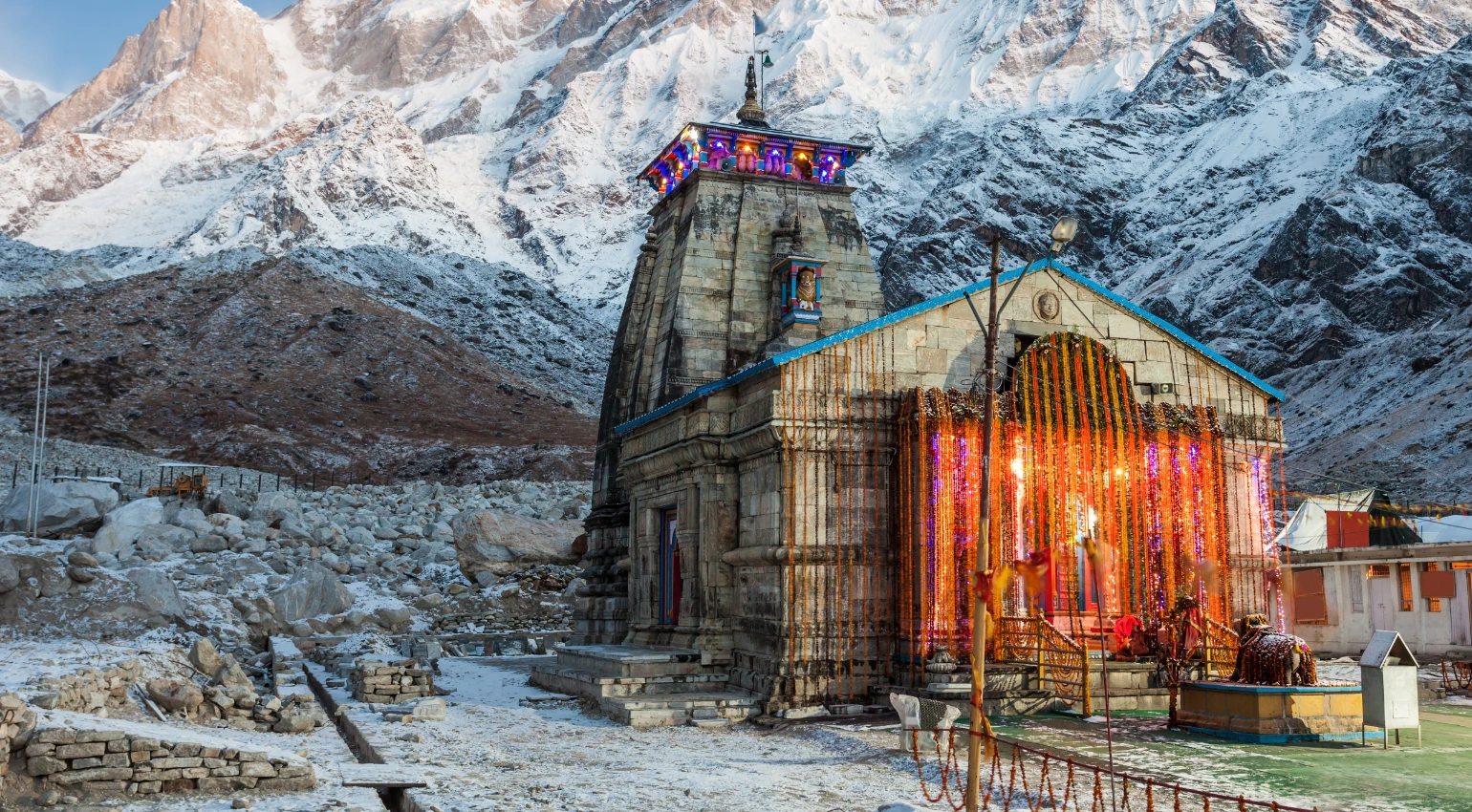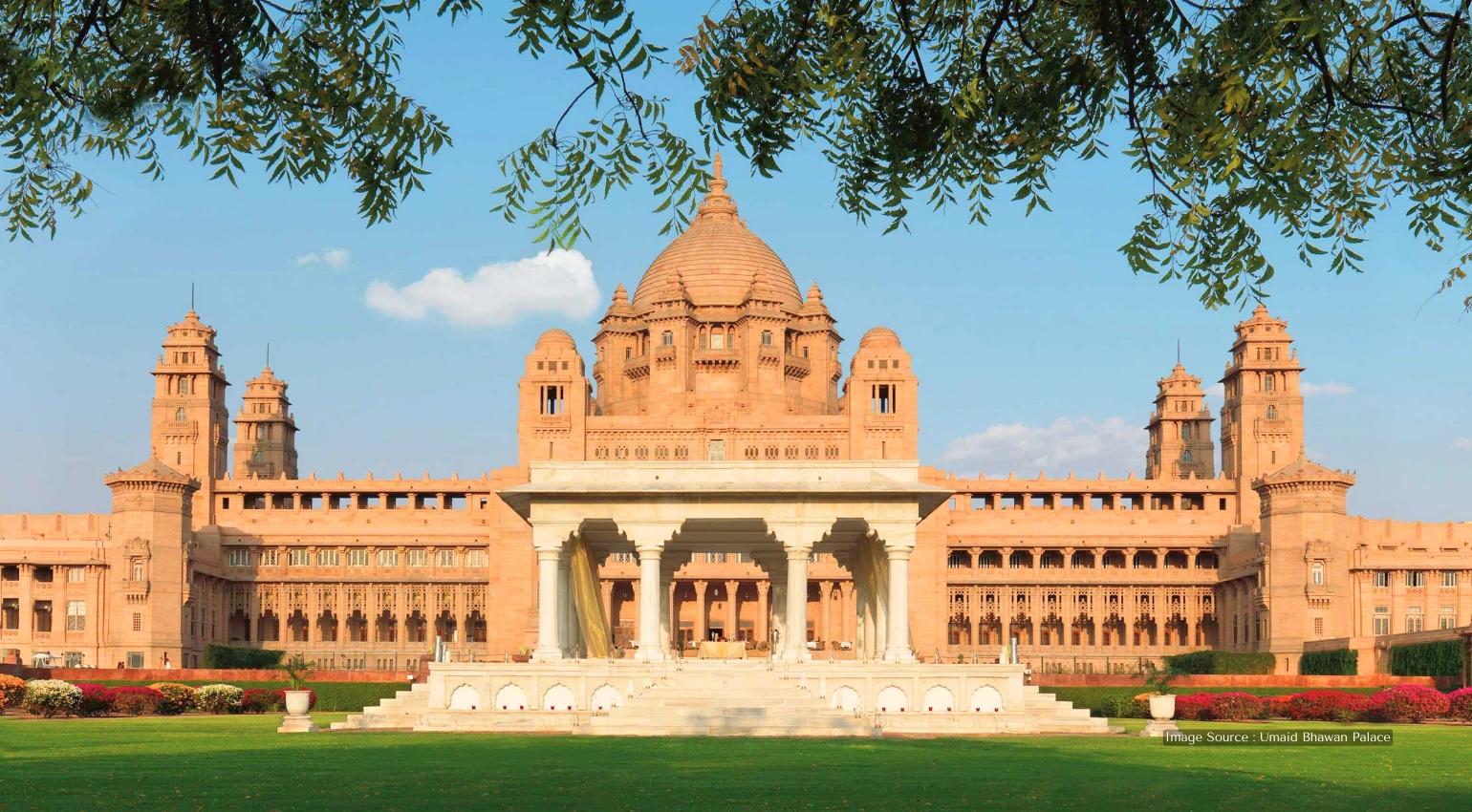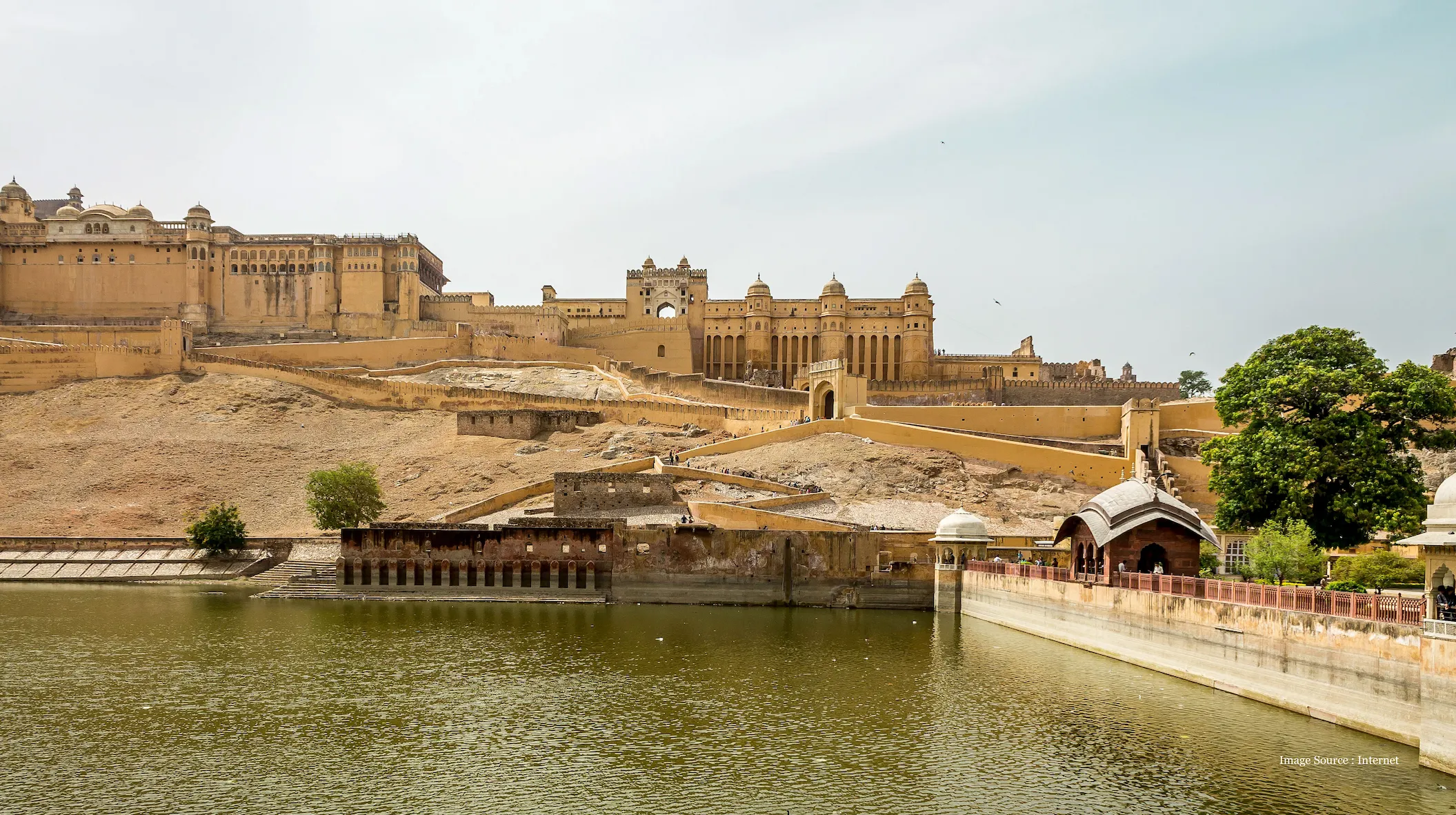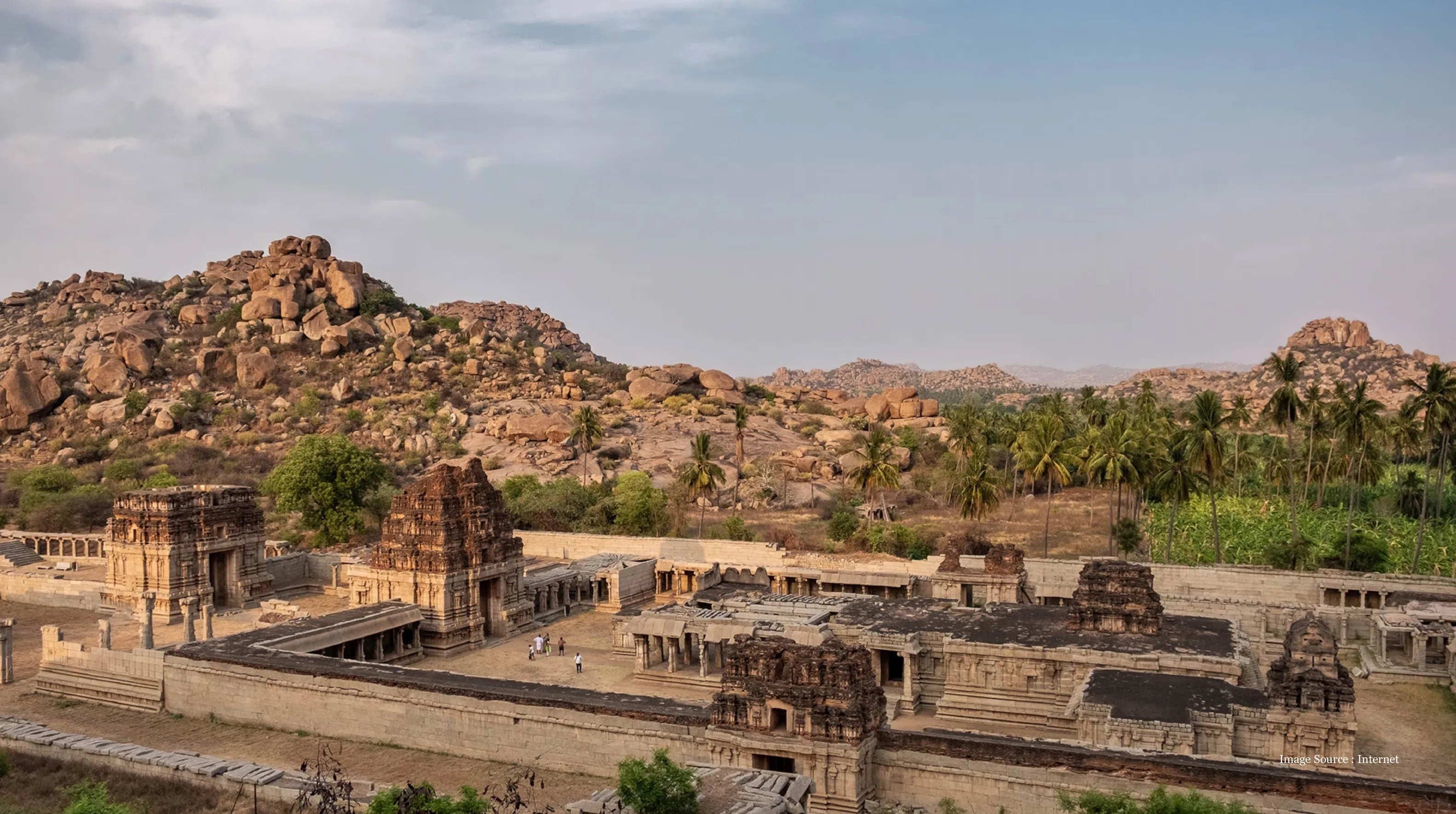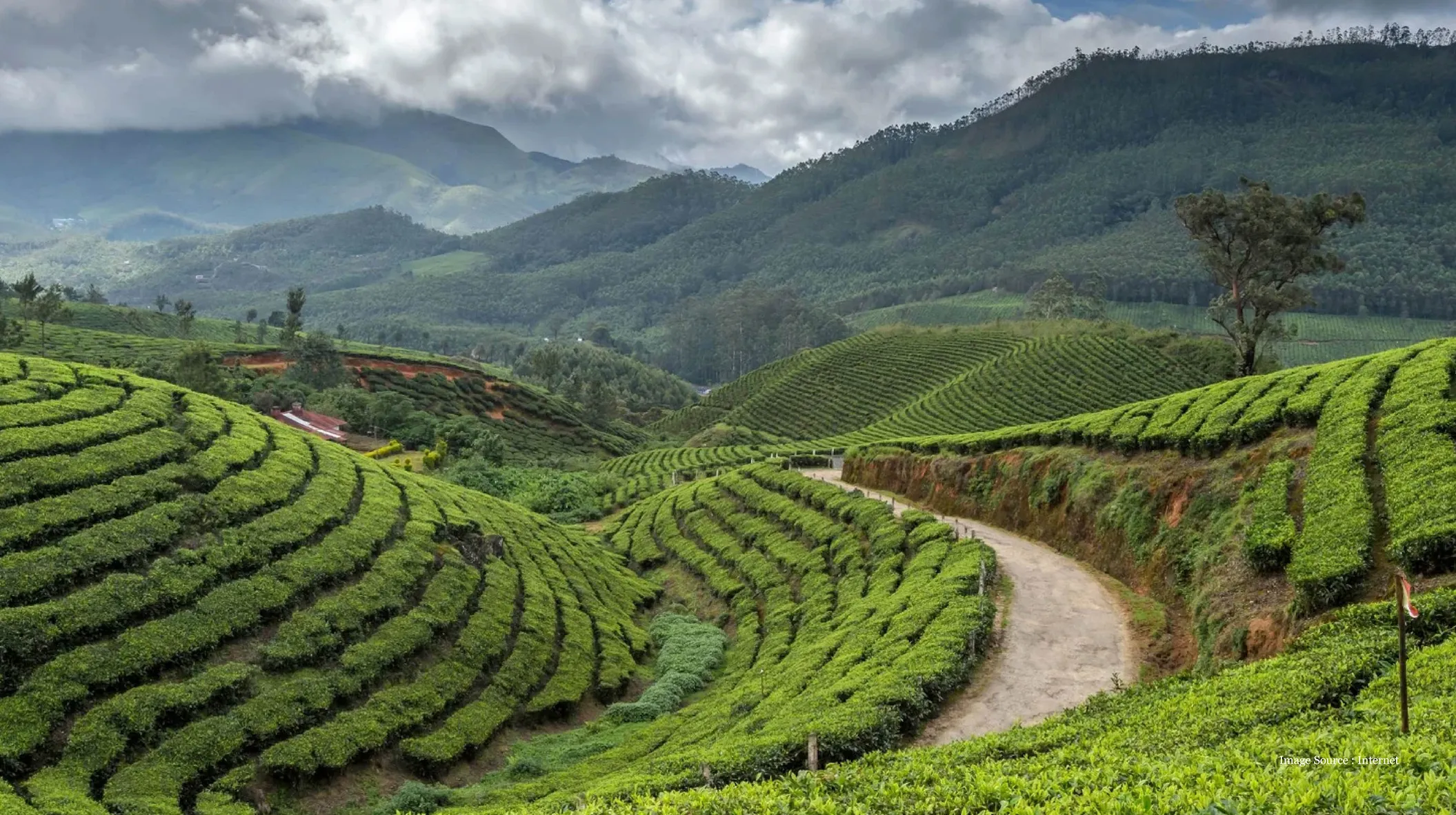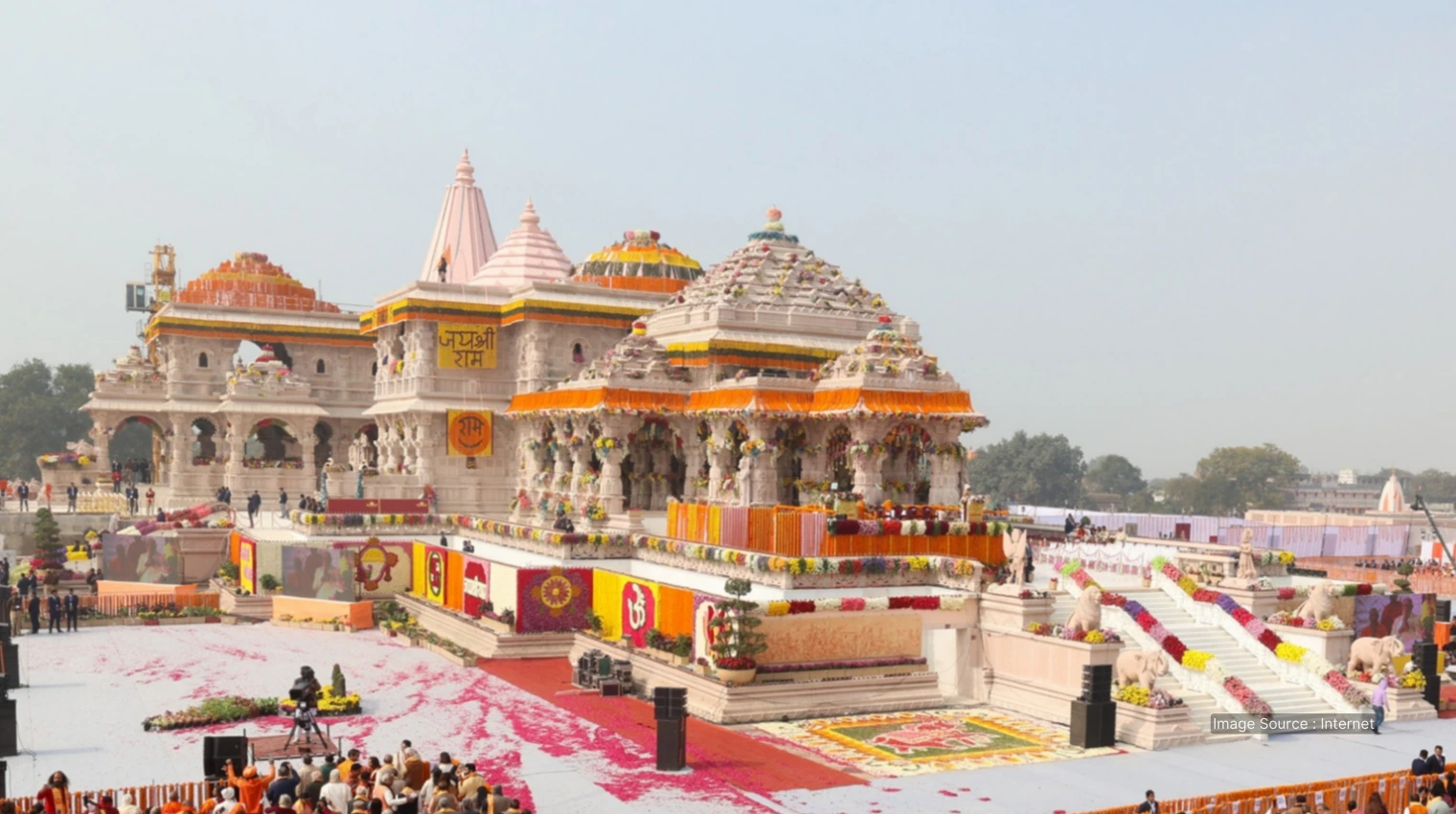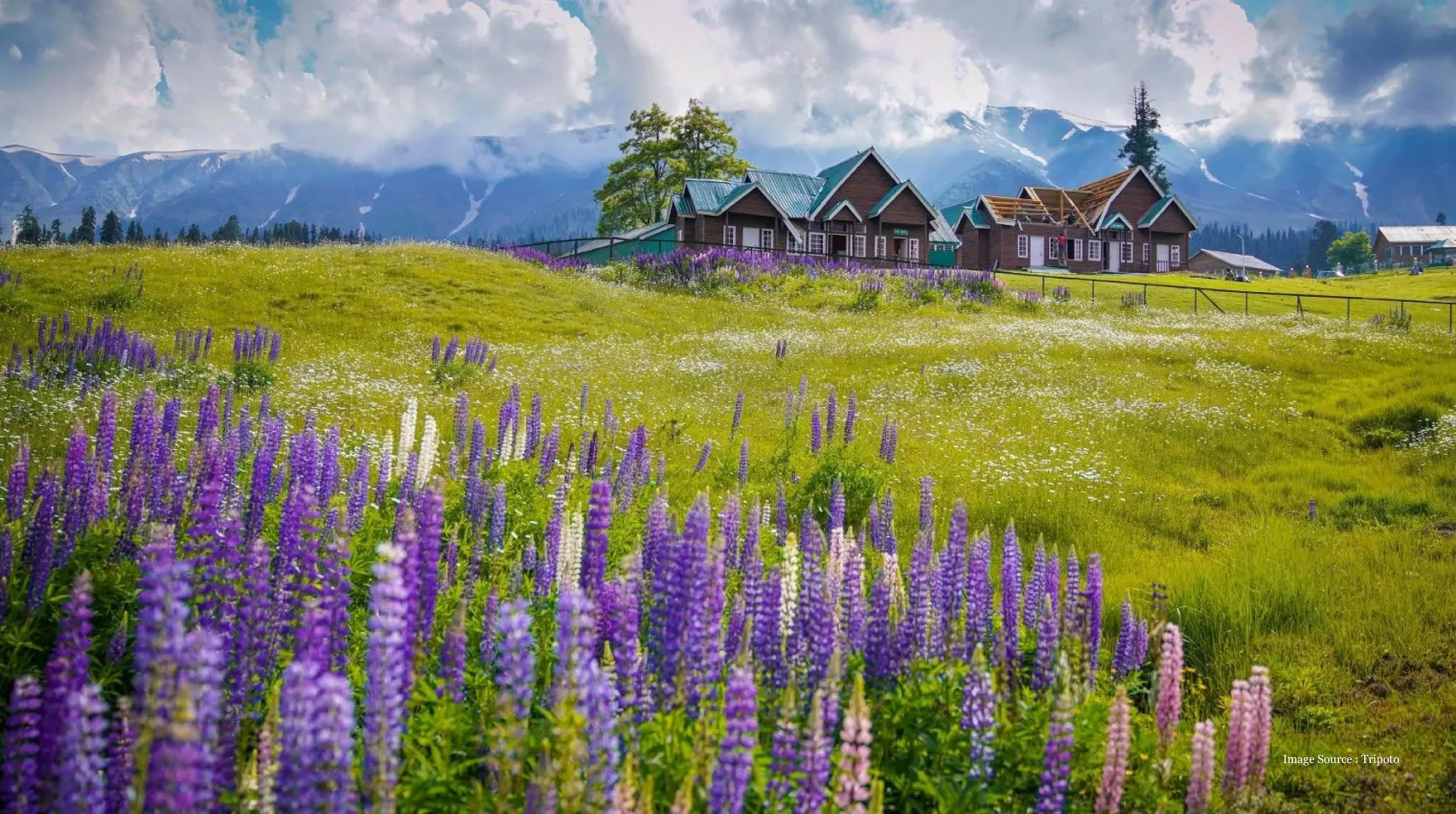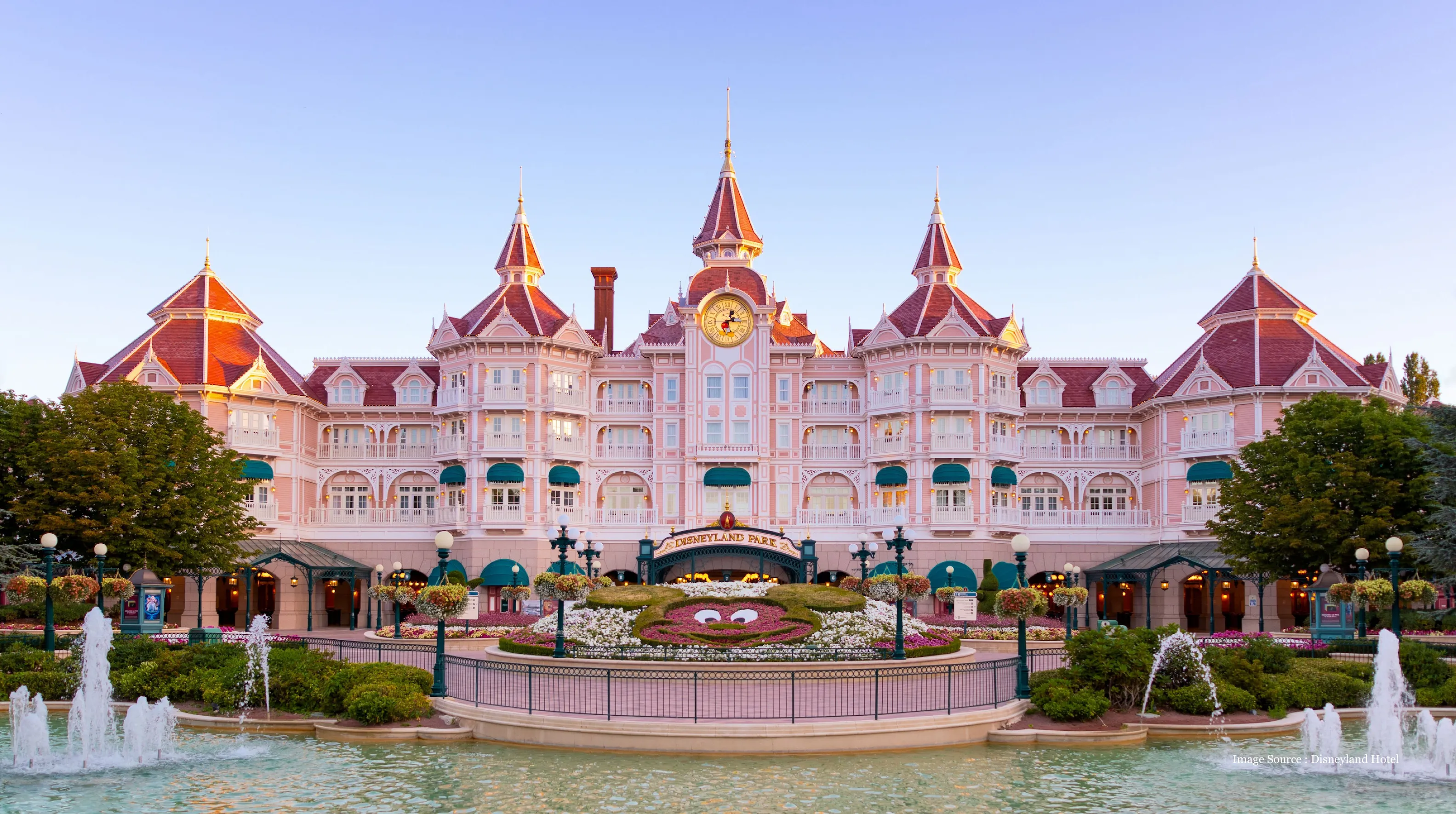- What Makes Jaipur's Forts the Perfect Introduction to Rajasthani Architecture?
- What Should You Know Before Visiting Jodhpur's Mighty Mehrangarh?
- Why Is Kumbhalgarh Called Rajasthan's Hidden Fort Gem?
- What Should You See in Chittorgarh's Grand Seven-Gated Fort?
- Why Does Jaisalmer Fort Feel More Like a City Than a Monument?
- FAQs
- Conclusion
Last Updated : Oct 31, 2025 | Author : Tanya Parsad | View Count : 1369 | Read Time : 7 min
Exploring the Magnificent Forts of Rajasthan: A Journey Through Time
You might think you know what a fort is like– defensive walls, maybe a palace inside, some history. I did too, until I visited Rajasthan, the Land of Kings. Standing at the foothills of the Mehrangarh fort in Jodhpur, craning my neck to see where its sandstone met sky– I realised a fort could mean so much more. They can be entire worlds carved into hillsides and deserts, each one telling stories that textbooks could never quite capture.
So Rajasthan forts sure have their way of making you feel small and connected all at once. Everytime I've returned to this state, I visited new forts, and sometimes revisited my favourites. Safe to say, each visit reveals something new. Whether you plan to go on one of those comprehensive India Rajasthan tour packages or just wondering what makes these hilltop forts so special, this blog is for you
What makes Rajasthan's forts different from typical historical monuments?
Rajasthan forts aren't just defensive castles with walls and maybe a palace inside. They're entire worlds carved into hillsides and deserts, each telling stories that go way beyond what textbooks capture. Take Mehrangarh in Jodhpur, rising 400 feet from a rocky hill with a world-class museum inside. Or Kumbhalgarh with its 36-kilometer wall (second longest after the Great Wall of China) and over 360 temples within its boundaries. What really sets them apart is how they blend engineering genius with artistry.
Table of Contents
- What Makes Jaipur's Forts the Perfect Introduction to Rajasthani Architecture?
- What Should You Know Before Visiting Jodhpur's Mighty Mehrangarh?
- Why Is Kumbhalgarh Called Rajasthan's Hidden Fort Gem?
- What Should You See in Chittorgarh's Grand Seven-Gated Fort?
- Why Does Jaisalmer Fort Feel More Like a City Than a Monument?
- FAQ
What Makes Jaipur's Forts the Perfect Introduction to Rajasthani Architecture?
Jaipur is the capital city of Rajasthan, and a good part of it continues to be maintained as it was centuries ago. It sure is a popular starting point, with the Amer Fort being the most iconic site here. When I first explored this fort, I spent three hours there and still felt like I'd barely scratched the surface. It sits on a hill overlooking a serene lake called Maota. Inside, there is the Sheesh Mahal (Mirror Palace), and it’s something I’d say you really need to see in person! Light a match or use your phone's flashlight in there, and watch thousands of tiny mirrors turn one flame into a galaxy. The craftsmanship is fascinating to watch come to life.
Next in the city is the Jaigarh Fort, which sits even higher up the same hill. Most of the travelers tend to skip it because Amber gets all the attention– but that's a mistake! The fort houses the legendary Jaivana, the world's largest wheeled cannon. Its water storage system is an engineering genius to discover too– massive tanks were built to supply the fort for months during sieges!

Best explored at sunset, the Nahargarh Fort rounds out Jaipur's trio. Sure, it's less ornate than the others but the gorgeous golden hour views over the Pink City are unmatched. A sunset visit here never gets old. Starting your journey in Jaipur helps you see forts as more than just defensive structures and decorative spaces, which further helps you understand all the other Rajasthan attractions you'll see later.
What Should You Know Before Visiting Jodhpur's Mighty Mehrangarh?
It might sound whimsical but there's something about a fort rising 400 feet right from a rocky hill that changes how you see architecture. Mehrangarh is a crown jewel among tourist destinations in Rajasthan, and for good reason. The fort complex in itself is grand, and you can expect to be walking for hours if you want to see every one of its palaces, museums & weapons well.
Speaking of the fort's museum, it is legitimately world class. There are displays that rival anything you'd find in major European museums– its collection of palanquins alone tells you everything about royal travel from centuries ago. My personal favorite was the howdah (elephant seat), it is covered in silver! The cannons positioned along the walls aren't just for show either, each one has a name and a story. Kilkila, one of the famous ones, was apparently so loud it could be heard 8 miles away!
Jodhpur’s famed views of the blue walled houses can be enjoyed from the fort too. And having a private professional chauffeur-driven car throughout your Rajasthan tours means you can arrive early before the crowds really pack in. So you can come to the fort early morning, and continue to the rest of the hidden gem sites in the city later.
TL;DR: Rising 400 feet above Jodhpur, Mehrangarh houses a world-class museum with royal collections that rival European institutions.
Why Is Kumbhalgarh Called Rajasthan's Hidden Fort Gem?
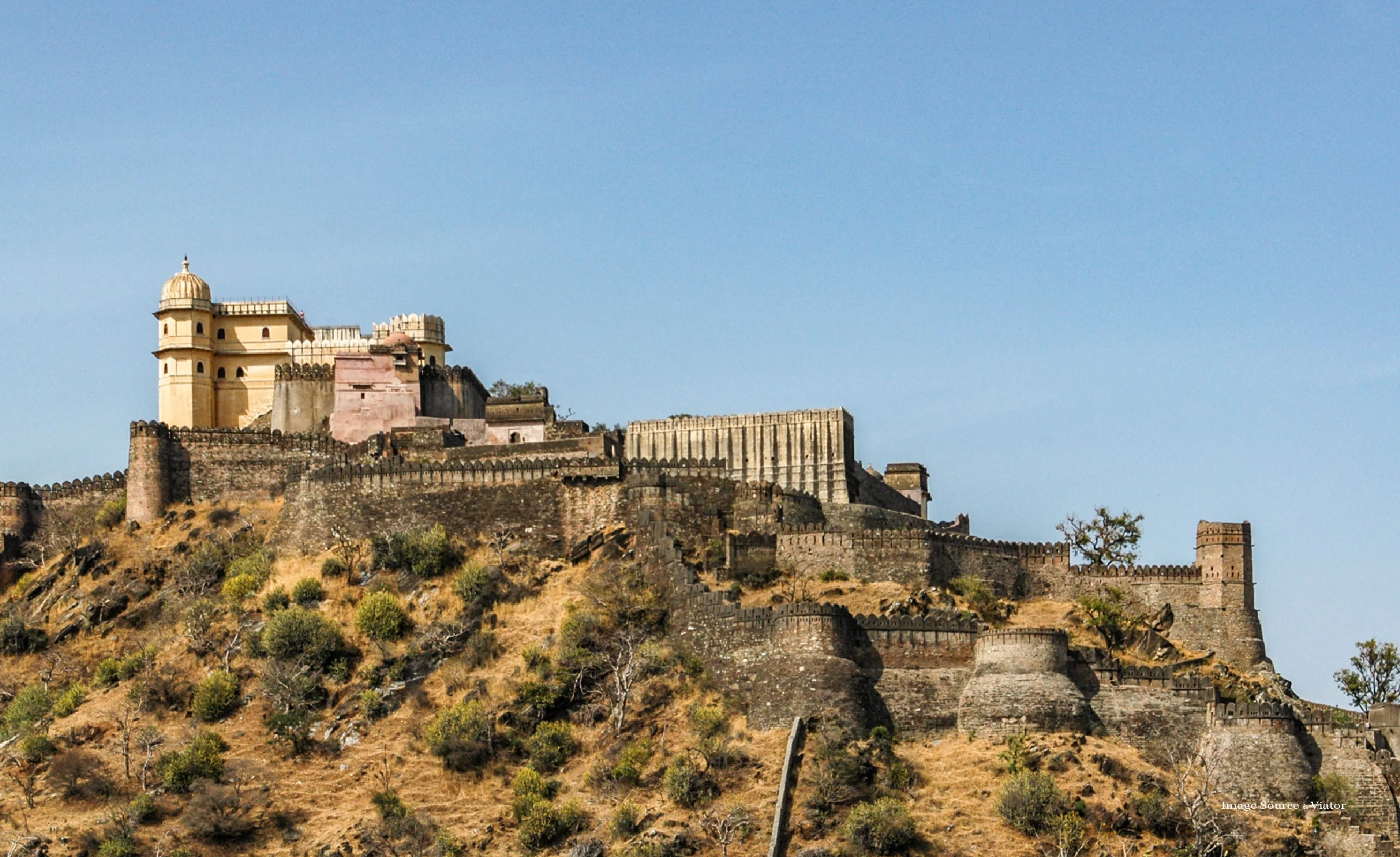
Okay, so Kumbhalgarh doesn't get the same crowds as Jaipur or Jodhpur, and it’s honestly part of its charm if you ask me. It’s intriguing to see how gracefully the fort sits on Aravalli Hills, India’s oldest mountain range. This setting alone makes it worth the journey. Another intriguing thing about this fort is its wall– stretching 36 kilometers, it is the second longest continuous wall after the Great Wall of China! The logistics of building that the 15th century are stunning.
Kumbhalgarh is also very well-preserved despite seeing fewer tourists. Maybe it’s the less footfall, or just luck, but walking through those gates feels more like pure discovery than tourism. The fort has over 360 temples inside its walls, and while not all are in great shape, a couple fo the Jain temples near the entrance are impeccably maintained. On clear days, you can enjoy gorgeous views of the Aravalli hills all the way to the horizon, and it tells a lot about the strategic location of the fort.
Maharana Pratap, one of Rajasthan's most celebrated warriors, was born here. You can learn tales of his bravery & the story of his kingdom through the light and sound show they do in the evenings. Reaching Kumbhalgarh does take longer than the other more famous forts, which is where having bespoke tailored itineraries really helps. You can comfortably time your visit to avoid the midday heat and club it with other nearby sites.
What Should You See in Chittorgarh's Grand Seven-Gated Fort?
Chittorgarh is a place I feel the history is more emotionally moving. Representing Rajput valor and sacrifice in ways that other places of tourist interest in Rajasthan couldn’t quite match for me, it's majestic. The fort covers 700 acres on a hill that rises 590 feet above the plains! There are not one, not two but seven gates you pass through to reach the top! Each one served as a defensive checkpoint back in the day, and together they made Chittorgarh nearly impossible to conquer by force.
The fort did fall three times in history, and each time the stories that it gave rise to, became legends. Rani Padmini's tale is probably the most famous & moving. Vijay Stambh (the Victory Tower) dominates the fort's skyline being nine stories tall and covered in intricate carvings you have to see up close. Kirti Stambh is the other major tower, is older and dedicated to Jain Tirthankaras. It's smaller than Vijay Stambh but arguably more ornate in its carvings.
Inside, Rana Kumbha's palace is mostly in ruins now, but walking through its remains gives you enough a sense of its scale. It was a complete administrative and residential complex. A lot of tourists miss out on this fact but there still exist fascinating underground cellars where royal women and children took refuge during sieges, though they're not all open to visitors.
Why Does Jaisalmer Fort Feel More Like a City Than a Monument?
Jaisalmer Fort is the only one on this list where you'll still find a significant population of the city actually living inside the fort walls! A few thousand residents call the Golden Fort their home, running shops, guesthouses, and restaurants within its walls. It's living history in the most literal sense! During sunset, the entire structure seems to glow like it's lit from within, thanks to its construction out of golden sandstone. I've photographed it probably ten times, and the light is never quite the same twice!
Havelis with intricate jali work (latticed screens) line its narrow streets. In the city too, the Patwa Ki Haveli and Salim Singh Ki Havelis are architectural masterpieces in their own right, with facades so detailed you could spend an hour just looking at one balcony. For the spiritual seekers, the Jain temples inside the fort are active places of worship. And the Gyan Bhandar library still houses ancient manuscripts and texts, some dating back over a thousand years.
The fort sits on Trikuta Hill, rising from the Thar Desert like a sandcastle that’s alive. Speaking of the desert, you absolutely cannot miss a luxurious camel safari followed by a sundowner & a cultural dinner at the Sam Sand Dunes. Combine this unique experience with a stay at one of the luxurious tent camps & you’ll make your journey unforgettable.
TL;DR: Unlike other forts, Jaisalmer remains a living community with 3,000 residents running shops and guesthouses inside medieval walls.
Conclusion
Every one of these & the other Rajasthan forts deserves more time than most can dedicate, but that's just the reality of travel. To capture the essence, even a few hours per fort can give you stories and images that stick with you for years. The scale, the craftsmanship on its walls and doors, the history layered upon history... it all adds up to something that guidebooks can only hint at.
FAQs
1. What's the best time of year to visit Rajasthan forts?
October through March is ideal since temperatures are manageable. I've visited in May once and barely made it through noon before retreating to air conditioning. Winter mornings can be surprisingly cold, so bring layers. The crowds peak in December and January, so November or February might give you a better experience.
2. How many days do you need to see the major forts?
Realistically, you need at least a week to cover Jaipur, Jodhpur, Jaisalmer, Chittorgarh, and Kumbhalgarh without feeling rushed. Most people combine fort visits with other experiences, so 10-12 days gives you breathing room. Some private charters or helicopter rides for transfers can help you cover more ground efficiently.
3. Are Rajasthan forts wheelchair accessible?
Accessibility varies significantly. Amber Fort has some ramps, but many areas involve stairs. Mehrangarh has an elevator that helps, though not all sections are reachable. Kumbhalgarh and Chittorgarh are challenging due to their hillside locations. It's worth contacting sites directly about specific accessibility needs before visiting.
plan your bespoke india journey today
tell us what inspires you - and we will handcraft an experience that mirrors your elegance, pace & personality.
START PLANNINGBlogs Categories
It is a Sanskrit verse taken from an ancient Bharat (Indian) scripture
which means ‘The Guest is like God’.
In Bharat (India), guests are always welcomed with open arms and given
You Will Like These Too...
It is a Sanskrit verse taken from an ancient Bharat (Indian) scripture
which means ‘The Guest is like God’.
In Bharat (India), guests are always welcomed with open arms and given
TRAVELOSEI PROMISE
What To Expect?
The Real India,
Re-Imagined For You
India is not just a destination - it's a world with-in the world. TRAVELOSEI go far beyond guide-books to offer you an India that is authentic yet exclusive, spiritual yet sophisticated delivered through private doors, rare access, and impeccable attention to details.
Trusted By Global Elites
From World Class Leaders to Forbes Listed Families and international Royalties to visionary CEOS.
Our clientele chooses us for one reason - We Know India. Over two decades of providing experiences which aren't just luxurious - they are intimate, curated & wildly rare.
Bespoke Travel Experience
For those who seek truth in detail, art in hospitality, and identity in experience. Our Luxury Travel Architect work discreetly and personally with you to craft travel experiences that go beyond 5 Stars, where every detail whispers luxury - and legacy.
White-Glove Concierge
24 X 7 Dedicated Concierge Support even in the wildest corners of India. At TRAVELOSEI, our concierge team ensures that everything-from airport- tarmac pick-ups, last minute reservations and private spiritual sessions - is handled before you even ask.
